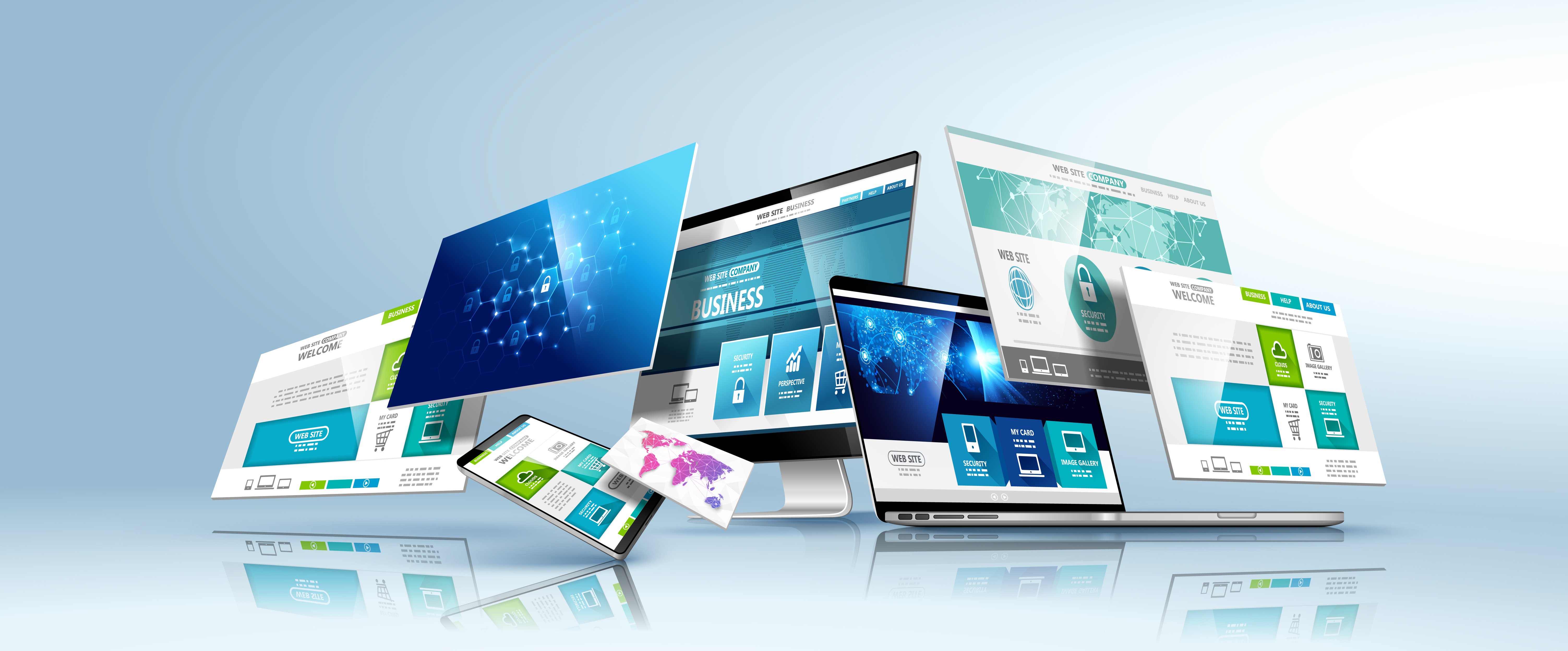Designing for print and designing for digital presentation can be quite different. Some aspects are common to both, such as visual appeal, a pleasing use of color, and effective space utilization. Other practices, techniques, and executions will differ.
Layout, Presentation, Typography, and User ExperienceBoth digital and print design make use of similar elements such as type, images, shapes, and colors. How those elements are presented, however, are quite different. Designers of websites, emails, an landing pages enjoy the luxury of unlimited space. They do not have to fit their scrollable digital content into a limited area. Designers can layer content in structures like carousels, drop-down menus, and links. Even screen size is not a limiting factor. Responsive designs will re-arrange content according to the dimensions of a viewer’s screen.

Print Requires More Creativity
Print requires more creativity, forcing designers to work within the physical limits of the paper size. The elements on a printed page, apart from techniques such as augmented reality, are static.
Print may seem to be restrictive, but the opposite is true. Printed materials engage more of the senses, offering textures, scents, cutouts, and creative folds.
Digital Is Unpredictable
Web designers can’t control how readers see the fonts because of customizations and preferences on viewing devices. If a font chosen by the designer is not present on the viewer’s device, it will use a substitute font. The results are unpredictable. With print, readers always see fonts as the designer intended.
The technical aspects of how a website works, with links, navigation, pop-ups, scrolling, etc. are an integral part of the design. Though designers are encouraged to enlist the help of printers early in the project, print requires less time spent on interactivity and user experience.
Users have more control over their experience with digital content. They can view in portrait or landscape, zoom in or out, choose to click on links or not, block images, etc. In contrast, user  experience with printed materials is almost entirely under the designer’s control, making it easier to predict how users will absorb the information.
experience with printed materials is almost entirely under the designer’s control, making it easier to predict how users will absorb the information.
Print is permanent—once printed, we cannot change a document unless it’s re-printed, so it’s designed to be useful as-is for its intended lifespan. Digital experiences can be fluid and subject to rapid change. This can be helpful, allowing the content to evolve according to seasons, current events, or other factors. It can also be a drawback, as users cannot return to the original presentation to reference older information such as offers, examples, or terms and conditions.
Whether printed or digital, materials should engage the audience and encourage them to act. The action may be overt, such as buying a product or it could be more subtle, such as changing one’s views on a political issue or candidate. Digital and print design simply use different processes to achieve these goals.

